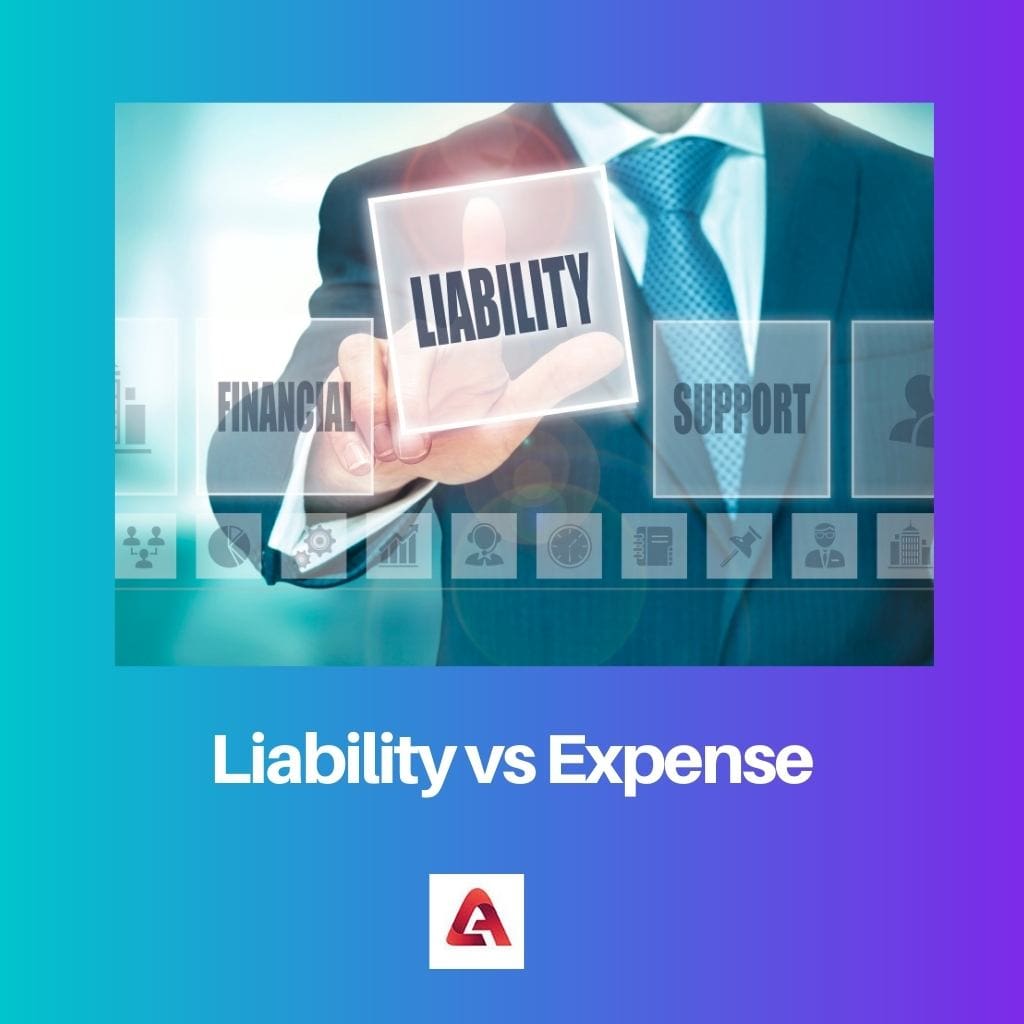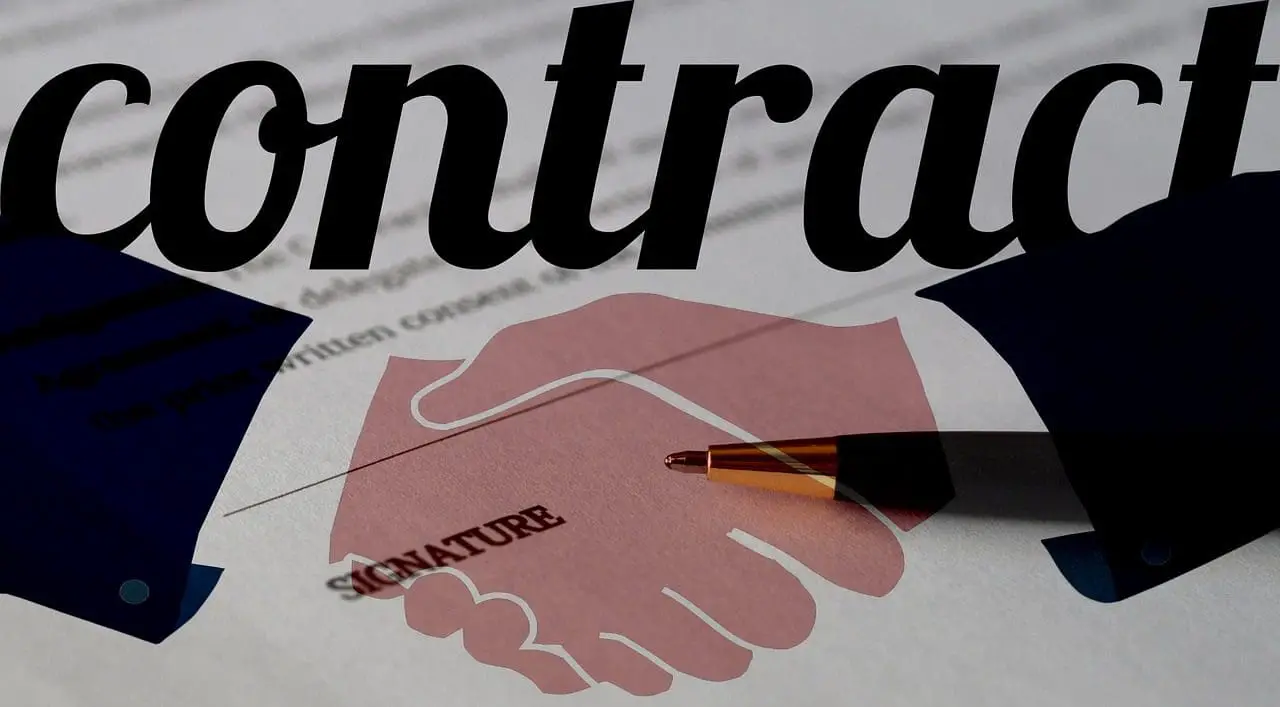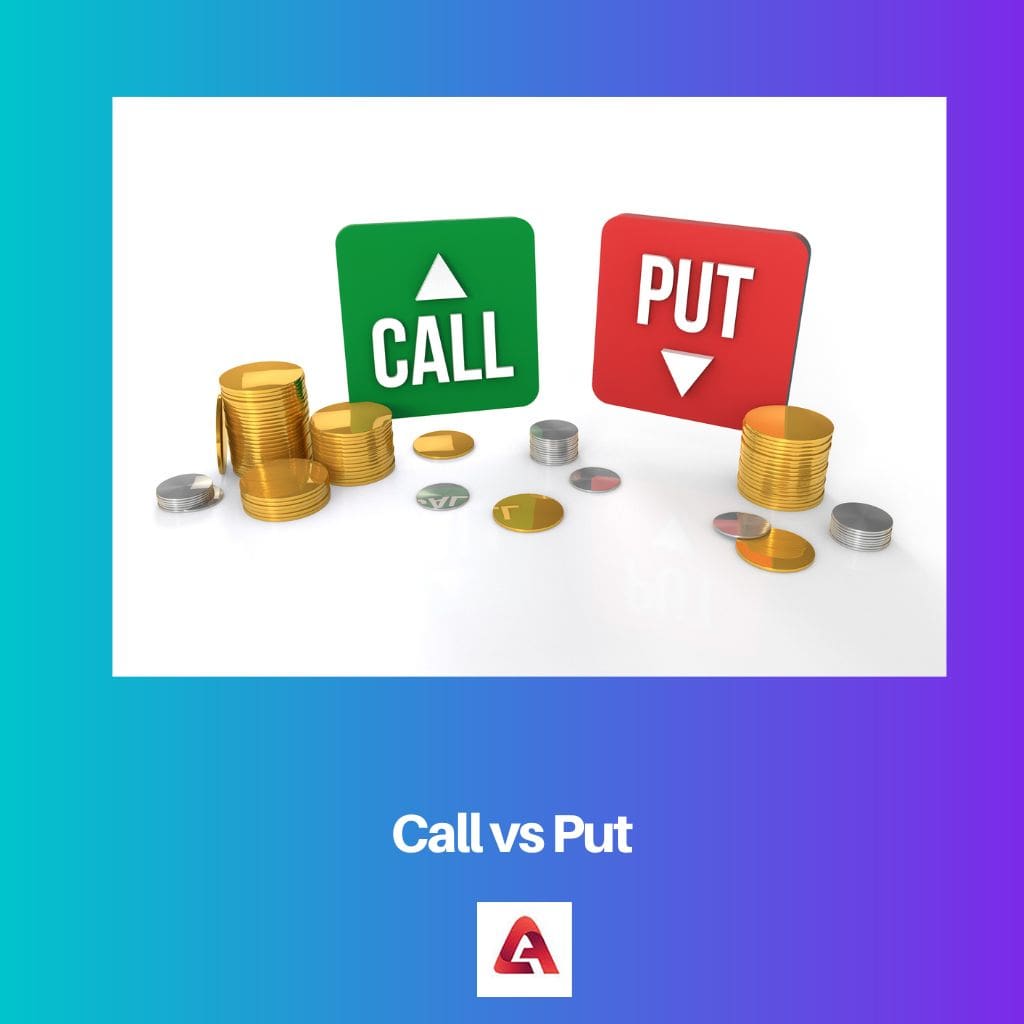Liability refers to financial obligations or debts a company owes to external parties, such as loans or accrued expenses. It reflects the company’s future commitments. On the other hand, an expense is the cost incurred in the current period for generating revenue, reducing a company’s net income.
Key Takeaways
- A liability is a financial obligation or debt that a company owes to others. In contrast, an expense is the cost of goods or services consumed to earn revenue.
- Liabilities are reported on the balance sheet, while expenses are reported on the income statement.
- Liabilities can impact a company’s financial health long-term, while expenses are short-term and can fluctuate based on business operations.
Liability vs Expense
Liability is a financial obligation of the company to pay back a loan, taxes, salaries, or other legal or financial obligations to another party, they can be short or long-term. Expenses are costs incurred by a company in generating revenue, including salaries, rent, utilities, and marketing.

Comparison Table
| Feature | Liability | Expense |
|---|---|---|
| Definition | A legal obligation to pay a debt or deliver something of value to another party | The cost of running a business incurred to generate revenue |
| Nature | Obligation | Cost |
| Timing | Can arise from past events and become due in the future | Incurred during a specific accounting period |
| Impact on Financial Statements | Reported on the balance sheet | Reported on the income statement |
| Effect on Net Income | Does not directly affect net income | Reduces net income (revenue minus expenses) |
| Examples | Accounts payable, loans, accrued salaries | Rent, salaries, utilities, cost of goods sold |
What is Liability?
Liabilities represent the financial obligations and debts of an individual, company, or organization. These obligations arise from past transactions or events, and they require future sacrifices of economic benefits. Liabilities are a crucial component of the balance sheet, providing insights into an entity’s financial health and its ability to meet its short-term and long-term obligations.
Types of Liabilities
1. Current Liabilities
Current liabilities are obligations that are expected to be settled within the normal operating cycle of the business or within one year, whichever is longer. Examples include:
a. Accounts Payable
- Amounts owed to suppliers for goods and services.
b. Short-Term Loans
- Borrowings that are due for repayment within the next 12 months.
c. Accrued Liabilities
- Expenses that have been incurred but not yet paid, such as salaries and taxes.
2. Long-Term Liabilities
Long-term liabilities are obligations that extend beyond the current operating cycle and are not due for settlement within the next year. Common examples include:
a. Bonds Payable
- Long-term debt securities issued by a company.
b. Mortgages
- Loans secured by real estate, with a repayment period exceeding one year.
c. Pension Obligations
- Future payments to employees as part of retirement benefits.
Measurement and Recognition
Liabilities are measured at their fair value, which is the amount required to settle the obligation. They are recognized in the financial statements when there is a probable future sacrifice of economic benefits and the amount can be reliably estimated.
Importance of Liabilities
Understanding liabilities is crucial for various stakeholders:
- Investors: Assess the company’s ability to meet its financial obligations.
- Creditors: Evaluate the risk associated with lending money to the entity.
- Management: Make informed decisions about the company’s capital structure and financial strategy.

What is Expense?
An expense refers to the costs incurred by an individual, business, or organization in order to generate revenue or achieve specific objectives. It is the outflow of resources, in the form of money, to pay for goods, services, or obligations.
Types of Expenses
1. Operating Expenses
These are ongoing costs necessary for the day-to-day functioning of a business. Examples include rent, utilities, salaries, and office supplies.
2. Cost of Goods Sold (COGS)
COGS represents the direct costs associated with the production of goods or services a company sells. It includes raw materials, labor, and manufacturing overhead.
3. Non-Operating Expenses
Non-operating expenses are costs not directly related to the core business activities. Interest expenses, taxes, and losses from the sale of assets are common examples.
4. Fixed Expenses
Fixed expenses remain constant regardless of the level of production or sales. Lease payments and insurance premiums are examples of fixed expenses.
5. Variable Expenses
Variable expenses fluctuate based on production or sales volume. Examples include raw materials, commissions, and shipping costs.
6. Capital Expenses (CapEx)
Capital expenses involve the acquisition of assets with long-term value, such as buildings or machinery. These costs are depreciated over time.
Importance of Tracking Expenses
Effectively managing and tracking expenses is crucial for financial stability and strategic decision-making. It allows individuals and businesses to analyze spending patterns, control costs, and make informed budgetary decisions to achieve financial goals.

Main Differences Between Liability and Expenses
Liabilities:
- Definition:
- Liabilities refer to the obligations or debts that a company owes to external parties.
- They represent the financial responsibilities a company has to fulfill in the future.
- Nature:
- Liabilities are future-oriented and reflect amounts owed at a specific point in time.
- Types:
- Common types include accounts payable, loans, bonds, and accrued liabilities.
- Recording:
- Liabilities are recorded on the balance sheet, which is a snapshot of a company’s financial position at a specific moment.
- Timeframe:
- Liabilities are categorized as short-term (due within a year) or long-term (due beyond a year).
Expenses:
- Definition:
- Expenses represent the costs incurred by a business in its day-to-day operations to generate revenue.
- Nature:
- Expenses are incurred as part of normal business activities and are associated with the revenue-generating process.
- Types:
- Common types include salaries, utilities, rent, and cost of goods sold (COGS).
- Recording:
- Expenses are recorded on the income statement, reflecting the costs incurred during a specific period.
- Timeframe:
- Expenses are associated with a specific accounting period (e.g., monthly or annually).
- Impact on Profit:
- Expenses directly reduce the company’s profit, as they are subtracted from revenue to calculate net income.
- Recognition:
- Expenses are recognized when the goods or services are consumed, regardless of when the payment is made.





